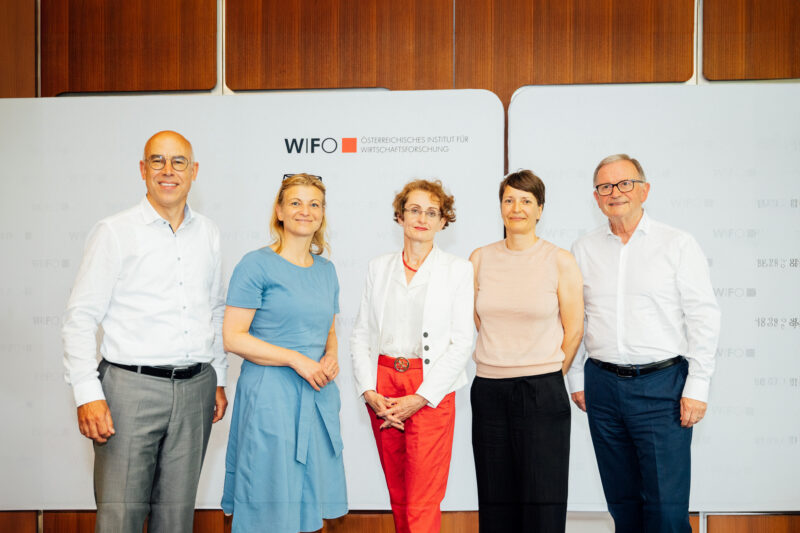
Fourth COVID-19 Wave Threatens Catching-Up of Federal Provinces in the West
Catching-up effects were particularly visible in those federal provinces that were hit particularly hard by the pandemic in spring 2020. These were in particular the tourism states in the west. Overall, the key figures reported for various industry aggregates show that the strong upturn in the second quarter affected all federal provinces and had a broad sectoral basis in all regions. Accordingly, the situation on the labour market also improved in all provinces: employment increased significantly in all federal provinces, and the number of unemployed fell in all provinces by a clear double-digit percentage.
Recovery of the manufacturing sector takes place on a broad basis, strongest growth in Upper Austria
In the secondary sector, real production sales in all provinces were between 20 and 40 percent higher than in the second quarter of 2020, and thus in 7 out of 9 provinces already at least at pre-crisis levels. Styria and Upper Austria in particular benefitted strongly from the high export momentum of the metals, automotive and mechanical engineering sectors, which were responsible for more than half of the overall strong export growth across Austria in the first half of the year. A comprehensive recovery in the construction industry was also clearly visible. Thus, in the second quarter of 2021, production increased by more than 25 percent compared with the previous year. All provinces reported double-digit growth rates, ranging from +18 percent in Tyrol to +30 percent in Upper Austria. In contrast to the first quarter, growth rates in construction were more homogeneous, and the differences between the provinces largely disappeared.
Overnight stays in Vienna almost 90 percent below pre-crisis level
The accommodation facilities remained closed for tourism until mid-May produced a better balance than in 2020 in all federal provinces in the second quarter (Austria 11.4 million overnight stays, +81.7 percent). However, this still meant a shortfall of around 40 percent in provinces with a high importance of domestic tourism (Burgenland, Carinthia, Styria) and almost 90 percent in Vienna compared to the same period in 2019. The largest gap in terms of volume was in Tyrol, with –4.7 million overnight stays short compared to the volume of overnight stays in April to June of 2019 (this alone corresponds to more than a quarter of the nationwide gap compared to 2019).
Tourism determines regional development on the labour market – Salzburg and Tyrol with strongest decline in unemployment
The labour market also showed signs of a significant easing in all provinces in the second quarter, after the lockdown-induced almost complete absence of the winter season in tourism had resulted in a clear disadvantage of the western provinces in terms of employment growth in the first quarter of 2021. After the end of the lockdown, the second quarter – in which employment in the Tyrol (+5.3 percent) and Salzburg (+4.5 percent) already grew faster than the national average, and in Vorarlberg at least by 3.3 percent – showed signs of an increasing catching-up of western provinces with the east and south. Conversely, unemployment also fell significantly across Austria in the second quarter, with Salzburg and the Tyrol recording the most pronounced declines.























